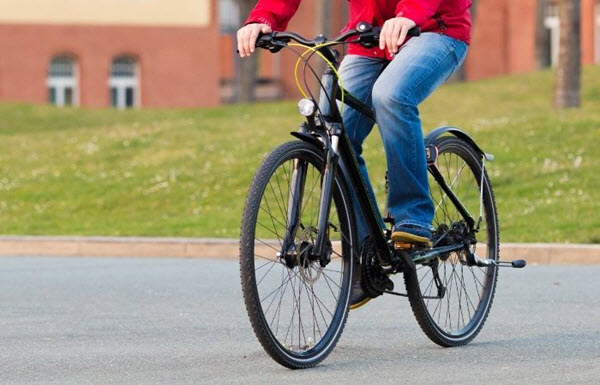The coronavirus has made radical changes in our lives, introduced a new “norm”, changing our perceptions and priorities.
Today, you can often hear that the world after the pandemic will not be the same as it was before. Changes will certainly affect architecture and design. Here’s how architects propose to change the space for comfort and safety:
The exhibition “The Shape of Things to Come” took place in Dubai. In this exhibit, the architects have devoted much attention to how today’s pandemic will affect the construction.
There’s also a great deal of information for business leaders in California who consider starting an architecture business during the pandemic. However, it is important to learn more about California architecture license to start according to your state’s regulations.
Social Gatherings and Life Outdoors
Meanwhile, Beirut-based studio Rabih Geha Architects claims people will continue going to parties. But the format must change – social distancing is indispensable. The architects presented the design of the Evolve nightclub, which has a concentric shape. This way people can be entertained and keep their distance at the same time.
During periods of complete lockdown, even transportation will stop. Residents will move mainly on foot or by bicycles and electric scooters. Therefore, the streets of the future will be adapted to the fast and comfortable movement of individual vehicles and pedestrians.

Moreover, it is impossible to be in a mask in restaurants all the time – after all, people eat there. Therefore, architects are proposing a new kind of social distancing: bubbles or capsules in which people can eat peacefully.
With regards to this, Tariq Khayyat Design Partners offers its own version of the public space. The electronic floor reacts to the visitor and paints the area around him red. This is the social distance – it is better not to go beyond the lines.
When it comes to accommodations, people will need hotels made in the form of large cabins for vacations. Rooms and houses should be self-contained and minimize the need for human contact.
Keeping Schools Safe
What about education? The American Institute of Architects (AIA) has unveiled a safe school project called K-12 that can protect children from the coronavirus.
The hallways and entrances to the gym, cafeteria, lounges and service areas are designed to ensure that students don’t contact each other. And if there’s contact, it’s as little as possible. Desks in classrooms and tables in cafes are strategically located at a safe distance, while every furniture used here is covered with antibacterial material.
Public Parks
Even parks will need to be updated to adapt to the new normal. Austrian architecture studio, Studio Precht, for example, has unveiled a lush green park designed for social distance walks. Named the Parc de la Distance and shaped like a fingerprint, there are many parallel paths with different entrances.
If the gate is open, then the walking lane is free – visitors can walk without meeting strangers. The length of each individual journey is about 600 meters, and the height and type of plants vary depending on the route.
Mobile Hospitals
In terms of healthcare, there needs to be more of what is currently offered. That’s why design and architecture studio M-Rad presented a project of mobile hospitals made of copper. Copper alloy can decompose the virus in less than four hours and will help protect people from the transmission. In such centers, it is planned to carry out diagnostics of the virus. Delivery, collection, and 21 days of operation of a copper medical center will cost about $40,000.
Furthermore, it is also crucial to have open floor plans with natural insolation and proper ventilation to purify the air. Automatically opening and closing doors, voice control in an elevator, hotel check-in via mobile phone, and fully automated check-in for the flight will be mandatory as well.
Setting Up Home Office
During quarantine, most people were forced to work from home. Many of them will happily rush to work on the very first day after the end of quarantine to meet colleagues and drink a traditional mug of office coffee. But there will also be those who do not want to return to the office.
In this case, more attention will be paid to the layout and equipment of the workplace in the house. The spatial organization will completely change – it will no longer be an impromptu place with a parody of an office table and a lamp somewhere in the corner of the living room or under the stairs. Now a separate room with large windows, opaque curtains, and comfortable furniture will be allocated for the workplace. The room will be well-equipped and soundproofed.
The Takeaway
Values, our way of life, habits, and housing will change under the influence of coronavirus. But despite the unprecedented scale of the catastrophe, almost everyone agrees that humanity still has the strength to recover.